The War of the Camisards in Génolhac |
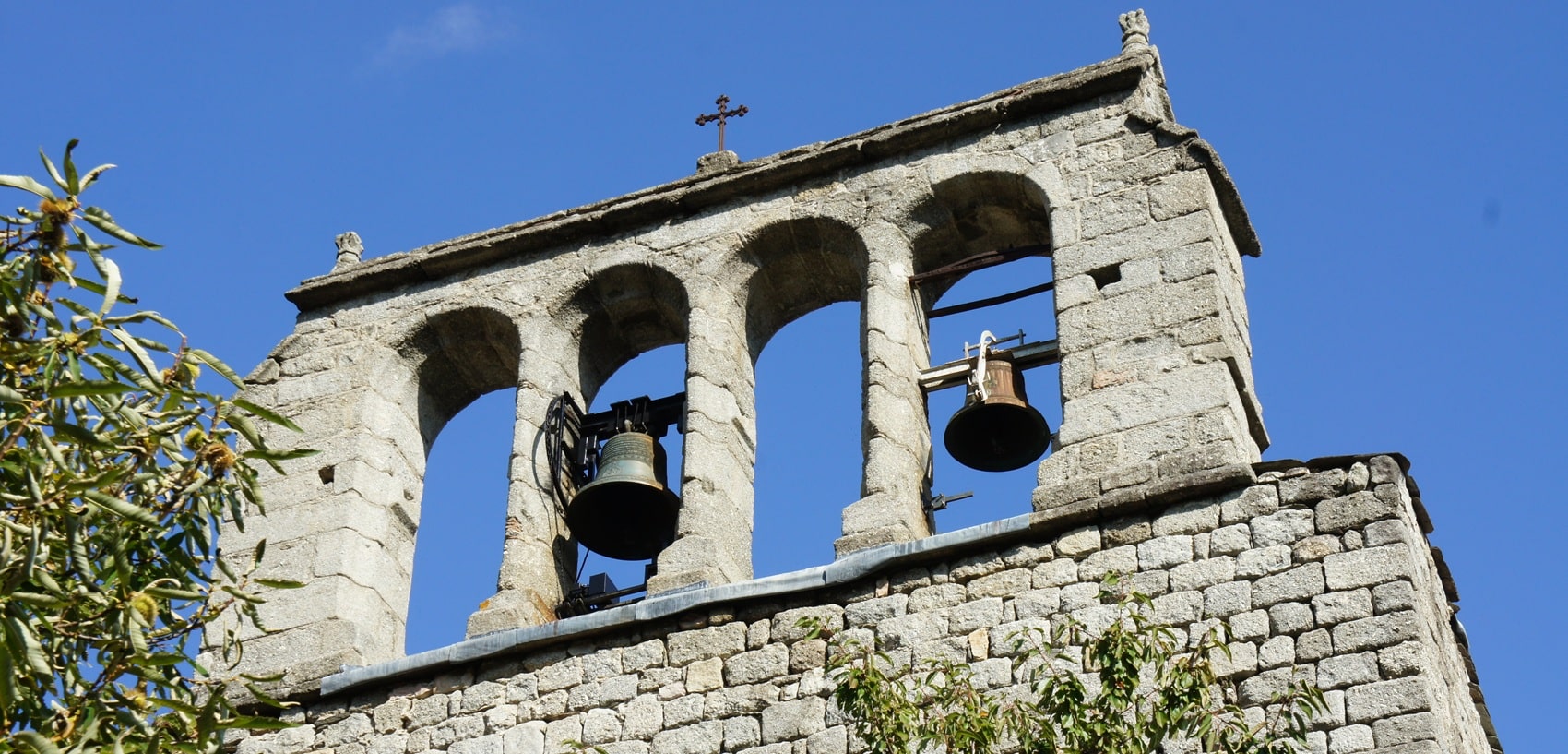
 On July 24, 1702, Abbé du Chayla was assassinated in Pont-de-Montvert. Esprit Séguier, the leader, will be captured and executed at the same place shortly after. Joany, a tiler from Plôs and a former soldier in the royal army, is part of the insurgent troops from Pont-de-Montvert. He will be the camisard leader of Mont Lozère. On December 21 and 22, 1702, he massacres the garrison of Prince de Conti in Génolhac in the houses (which later became a Dragon barracks), of Leyris du Péras, Protestant emigrants to Switzerland.
On July 24, 1702, Abbé du Chayla was assassinated in Pont-de-Montvert. Esprit Séguier, the leader, will be captured and executed at the same place shortly after. Joany, a tiler from Plôs and a former soldier in the royal army, is part of the insurgent troops from Pont-de-Montvert. He will be the camisard leader of Mont Lozère. On December 21 and 22, 1702, he massacres the garrison of Prince de Conti in Génolhac in the houses (which later became a Dragon barracks), of Leyris du Péras, Protestant emigrants to Switzerland.
He renews his attacks on December 28, 1702, and January 31, 1703 (killing the entire garrison in the so-called Dragon barracks, rue Basse). On February 13, Marcilly with 600 men attacks Joany's 800 men, who consolidate at the banks of the Gardonnette. On February 16, Joany burns the church and 27 houses of the Ribeyrette in Chamborigaud. He massacres 26 people. On the 26th, M. de Julien sends 150 miquelets. Joany, warned, retreats towards Vialas and Génolhac. On March 10, Vialas is looted and massacred by M. de Julien. Joany destroys the village of L'Hôpital on Mont Lozère.
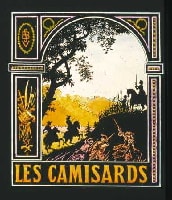 In 1704, Castanet is notably known for having aided Joany, another camisard leader, in the struggle against the royal forces. Their collaboration facilitated daring raids against French garrisons, causing significant losses to the royal army. The cave of Fau des Armes on Mont Lozère with its arsenal is discovered.
In 1704, Castanet is notably known for having aided Joany, another camisard leader, in the struggle against the royal forces. Their collaboration facilitated daring raids against French garrisons, causing significant losses to the royal army. The cave of Fau des Armes on Mont Lozère with its arsenal is discovered.
Another camisard leader, Roland, massacres the last remaining Catholics at home in Génolhac. The Marshal of Montrevel then sends 6 companies of miquelets to Génolhac. Joany, warned by his spies, retreats to Mont Lozère.
In September 1704, Joany burns the church of Concoules and takes 300 sheep and 50 cows. However, he surrenders to Montrevel, who grants him a lieutenancy in the Spanish army. In 1705, Joany deserts and is imprisoned in Montpellier. On September 24, Villars informs the King that he has pacified the country. In 1710, Joany escapes from Montpellier. He is arrested and imprisoned in Agde. He escapes and returns to Génolhac. Arrested and taken towards Alais, he attempts to flee but is shot by the people of Sénéchas on the old Pont du Mas.
In 1723, a terrible plague epidemic decimates Génolhac (130 victims out of 904 inhabitants) which will be exempt from taxes that year. In 1779, the Princes of Conti sell their lands in Génolhac to Claude François de Roche who will be the first lord of the last feudal family, co-lord of the Bishop of Uzès in Génolhac. In 1787, the Edict of Tolerance allows Protestants to practice their worship. Documentation and Archive Center of the PNC. Notes, translations, and sketches by Jean Pellet.
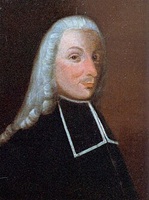 Abbé du Chayla is a tragic and emblematic figure playing a role in the tumultuous history of the camisards and the religious conflict in France in the early 18th century. His assassination, which occurred on July 24, 1702, in Pont-de-Montvert, marks the beginning of a period of great violence and revolt for the Protestants who were then fighting against severe repression.
Abbé du Chayla is a tragic and emblematic figure playing a role in the tumultuous history of the camisards and the religious conflict in France in the early 18th century. His assassination, which occurred on July 24, 1702, in Pont-de-Montvert, marks the beginning of a period of great violence and revolt for the Protestants who were then fighting against severe repression.
As a Catholic priest, Abbé du Chayla was also seen as a controversial figure in this context. Instead of staying out of the conflict, he was perceived as a defender of royal power, which earned him hostility from some Protestants. His role in the occupation of places of worship and his position in favor of royal authority contributed to making him unpopular among local Protestant communities. His assassination, viewed as a response to the violent repression carried out by the state, added fuel to the fire and exacerbated tensions between Catholics and Protestants. This was a tragic event that reflects the desperate situation of Protestants at the time and the extremes to which some were willing to go to defend their faith and rights.
Abbé du Chayla is often cited as a martyr in the Protestant narrative, but his story also illustrates the complexity of relationships between different religious communities at that time. His assassination was often followed by an escalation of violence and repression, fueling the retreats and attacks of the camisards.
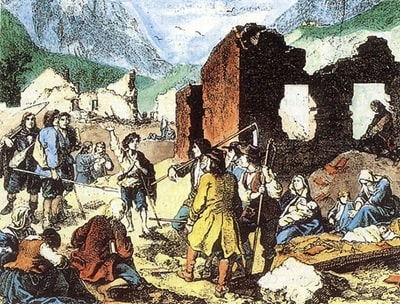 Séguier is known for his role as a leader among the insurgents. At the beginning of the camisard revolt, he embodies the spirit of resistance and defiance against the oppression of the royal authorities, which pursued a policy of severe repression against Protestants. His figure becomes particularly central after the assassination of Abbé du Chayla in 1702, which marks the beginning of an escalation of violence between the two camps.
Séguier is known for his role as a leader among the insurgents. At the beginning of the camisard revolt, he embodies the spirit of resistance and defiance against the oppression of the royal authorities, which pursued a policy of severe repression against Protestants. His figure becomes particularly central after the assassination of Abbé du Chayla in 1702, which marks the beginning of an escalation of violence between the two camps.
As a leader, Esprit Séguier organizes and leads several military actions against the royalist forces. His approach is often characterized by guerrilla tactics, exploiting the knowledge of the Cévennes landscape to surprise and attack royal garrisons. Despite his dedication to the cause, his struggle meets difficult and bloody turns.
Unfortunately, his essence of revolt is followed by a tragic end. Shortly after inspiring hope and courage to his fellow camisards, he is captured by royalist forces.
In 1703, he is executed at Pont-de-Montvert, a location already laden with symbols for the Protestants. His death symbolizes the price of the fight for religious freedom at that time and is often seen as a martyr for the Protestant cause.
The journey of Esprit Séguier remains a striking example of the struggles of the camisards, highlighting the despair, bravery, and tragedy inherent in their battle for faith and freedom. His legacy endures in the history of Protestant resistance in France, where he continues to be viewed as a symbol of resistance and determination.
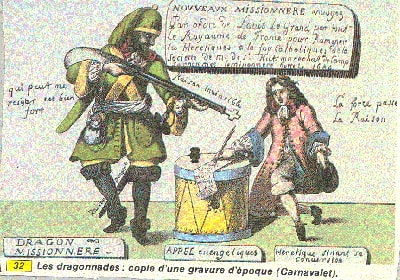 Marcilly was engaged in the repression of the camisards, particularly at the moment when the revolt reached its peak. At that time, he commanded royalist troops and thus played an active role in the confrontation with the Protestant insurgents. One of the notable episodes of his action is his meeting with Joany, the camisard leader.
Marcilly was engaged in the repression of the camisards, particularly at the moment when the revolt reached its peak. At that time, he commanded royalist troops and thus played an active role in the confrontation with the Protestant insurgents. One of the notable episodes of his action is his meeting with Joany, the camisard leader.
On February 13, 1703, Marcilly, at the head of 600 men, attacks Joany and his forces, who are then in a defensive position. This is one of the crucial battles of the conflict. Although he had numerical superiority, the camisards, with their knowledge of the terrain, managed to withdraw, but the military pressure on them intensified thanks to Marcilly's actions.
Marcilly thus represents the royalist authority that sought to end the camisard rebellion at all costs. His actions, although carried out in a logic of maintaining order and loyalty to the king, also reflect the violence and trauma of this period. By acting in this way, he well illustrates the division between supporters of the monarchy and the camisards, who fought for their right to religious freedom.
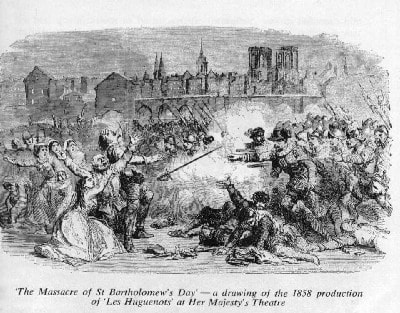 Originally from the Mont Lozère region, Joany began his career as a tiler and former soldier in the royal army. His military training enabled him to understand war strategies, and this know-how was crucial when he was called to lead the camisards against the royal oppressor. Joany is recognized for his bravery and charisma.
Originally from the Mont Lozère region, Joany began his career as a tiler and former soldier in the royal army. His military training enabled him to understand war strategies, and this know-how was crucial when he was called to lead the camisards against the royal oppressor. Joany is recognized for his bravery and charisma.
In 1702, he led several bold attacks against royalist garrisons. For example, in December of that same year, he became famous for attacking the garrison of Prince de Conti in Génolhac, inflicting heavy losses and demonstrating the strength and organization of his troops. His attacks were often marked by formidable efficiency, using his knowledge of the terrain to his advantage. During this revolt, Joany also distinguished himself by his ability to gather men around him, uniting a variety of people behind a common cause of religious freedom. He was an inspiring leader, able to galvanize his men even in the most desperate moments. However, Joany's struggle was not without difficulties.
In 1705, after various skirmishes and increased repression, he was captured and imprisoned in Montpellier. Although he managed to escape several times, the price of his freedom was high. Joany's story is one of a man dedicated to a cause, but also one of a period marked by violence and sacrifice. His legacy endures, as he is considered a symbol of Protestant resistance in France, and his journey illustrates the struggles of those who fight for their beliefs in the face of oppression.
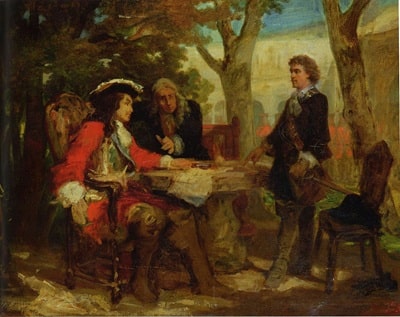 Castanet is a fascinating and emblematic figure of the camisard revolt in the early 18th century. He was one of the military leaders who emerged during this period of religious turmoil in France, when Protestants, particularly the camisards, fought against the severe repression of their faith.
Castanet is a fascinating and emblematic figure of the camisard revolt in the early 18th century. He was one of the military leaders who emerged during this period of religious turmoil in France, when Protestants, particularly the camisards, fought against the severe repression of their faith.
Originally from Languedoc, Castanet is often described as a charismatic leader who managed to rally men to his cause. Inspired by a fervent faith and a palpable resentment towards oppression, he committed to the fight for religious freedom for Protestants. His boldness and ability to lead surprise attacks against royalist troops made him a feared and respected leader.
Castanet’s actions, like those of other camisards, reflect not only the desire for religious freedom but also a resistance to oppressive authority. Unfortunately, like many other leaders of this movement, he could not escape the brutal repression that followed. The struggle of the camisards, of which Castanet was an integral part, became legendary in the history of Protestantism in France and left a lasting legacy, testifying to the sacrifices made for the freedom of belief.
Roland is often described as a young man full of passion and ideals. His charisma and courage quickly earned him the respect of his peers in the fight for the Protestant cause. Like many other camisards, he was driven to revolt because of the increasing persecution of Protestants, particularly in Languedoc.
One of his most notable acts was his participation in attacks against Catholic forces, where he demonstrated bold tactics and strategic sense in managing his men.
He often led raids, attacking royal garrisons and targeting those he considered oppressors. Roland is also known for his ability to unite people. He was not only a military leader but also a symbol of unity for the Protestant community at a time when despair threatened to divide them.
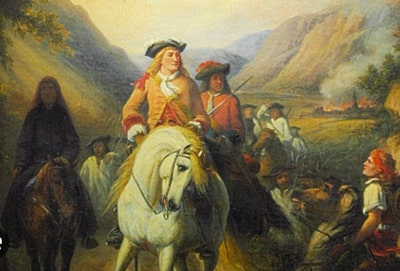 The stories of his exploits circulated in villages, inspiring others to join the fight. Unfortunately, like many camisard leaders, Roland's fate was not happy. His resistance against oppression and royalist forces brought him trouble, and his end is often marked by the tragic anonymity that many heroes of this period fell into.
The stories of his exploits circulated in villages, inspiring others to join the fight. Unfortunately, like many camisard leaders, Roland's fate was not happy. His resistance against oppression and royalist forces brought him trouble, and his end is often marked by the tragic anonymity that many heroes of this period fell into.
The Marshal of Montrevel, whose full name is Claude de Villars, Marshal of France, is a notable figure in French military history, especially in connection with the conflicts that marked the beginning of the 18th century, including the camisard revolt. Montrevel played a key role in the repression of resistance movements, notably those of the camisards, who fought for the religious freedom of Protestants.
As early as 1704, Marshal de Montrevel was in charge of a vast military operation in Languedoc to crush the camisard revolt. He commanded troops and led campaigns to track down and combat the insurgents, who at the time were waging an intense guerrilla war against the French state. Montrevel was known for his military discipline and effectiveness, but his methods were also marked by occasionally excessive brutality, which drew criticism. His strategy consisted of conducting military patrols in conflict zones, often using companies of miquelets, local soldiers, to track down the rebels. These military campaigns were marked by violent fighting, reprisals, and deportations of populations suspected of supporting the camisards.
Marshal de Montrevel largely succeeded, due to his determination and military effectiveness, in mastering the camisard movement, but at a high cost, both in human lives and destruction. His fame in repressing the camisards has made him a controversial figure, admired by some for his firmness but also criticized for the cruelty of the methods employed.
Former holiday hotel with a garden along the Allier, L'Etoile Guest House is located in La Bastide-Puylaurent between Lozere, Ardeche, and the Cevennes in the mountains of Southern France. At the crossroads of GR®7, GR®70 Stevenson Path, GR®72, GR®700 Regordane Way, GR®470 Allier River springs and gorges, GRP® Cevenol, Ardechoise Mountains, Margeride. Numerous loop trails for hiking and one-day biking excursions. Ideal for a relaxing and hiking getaway.
Copyright©etoile.fr